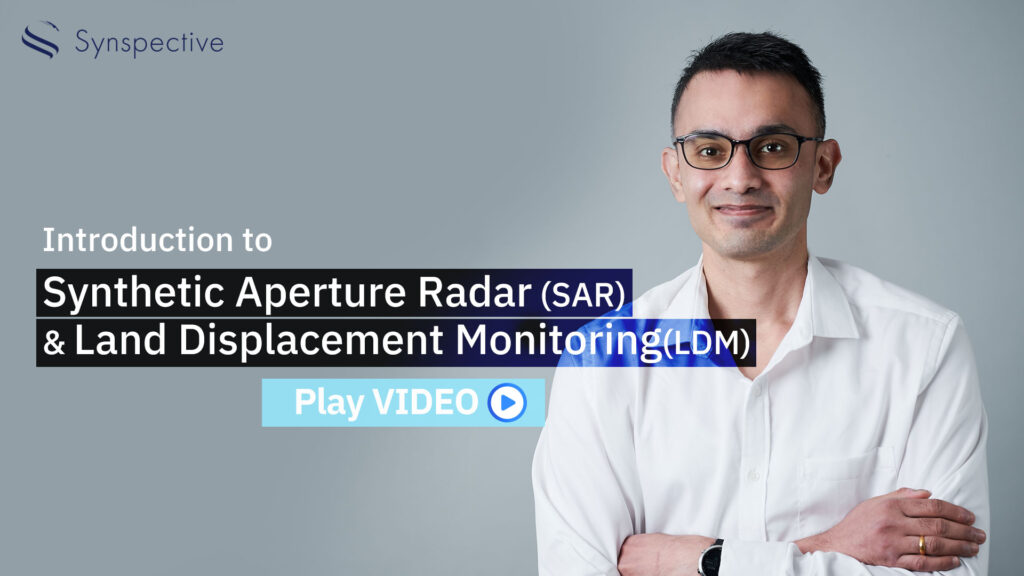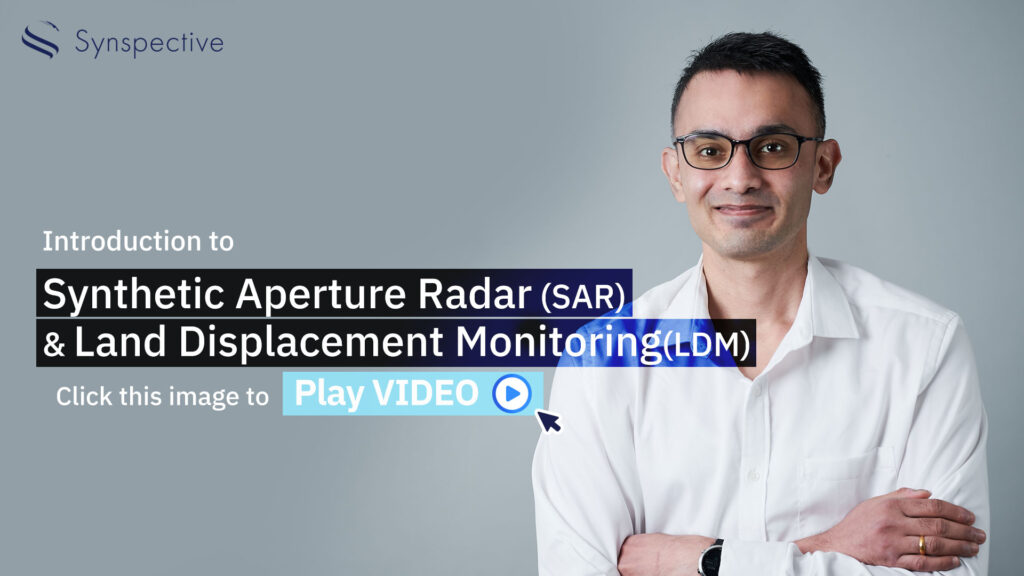About
The reliance of optical satellites on the absence of clouds and illumination hampers their ability to provide monitoring services during storms, at night and in heavily vegetated areas. SAR satellites, in contrast, can observe the surface of the Earth at any time of the day under any weather conditions. Lower satellite manufacturing costs and higher computing capacities to process data have increased the popularity of SAR satellites in recent years. This video series will introduce some fundamental concepts related to SAR. We will cover the physics involved in the formation of SAR imagery and describe how SAR interacts with the Earth’s surface.Besides the technology behind it, the advantages and potential applications helping your organization will also be covered.
In the first video we will be covering the history of SAR and how this is applied to daily life.
Part1:Introduction to Synthetic Aperture Radar (SAR)
・How are Synthetic Aperture Radar (SAR) images formed?
・How do SAR images differ from optical images?
Part 2 : InSAR Analysis
・How can SAR satellite data be used for monitoring land displacement?
・How do radar signals interact with the Earth’s surface?
Synspective Webinar Report





